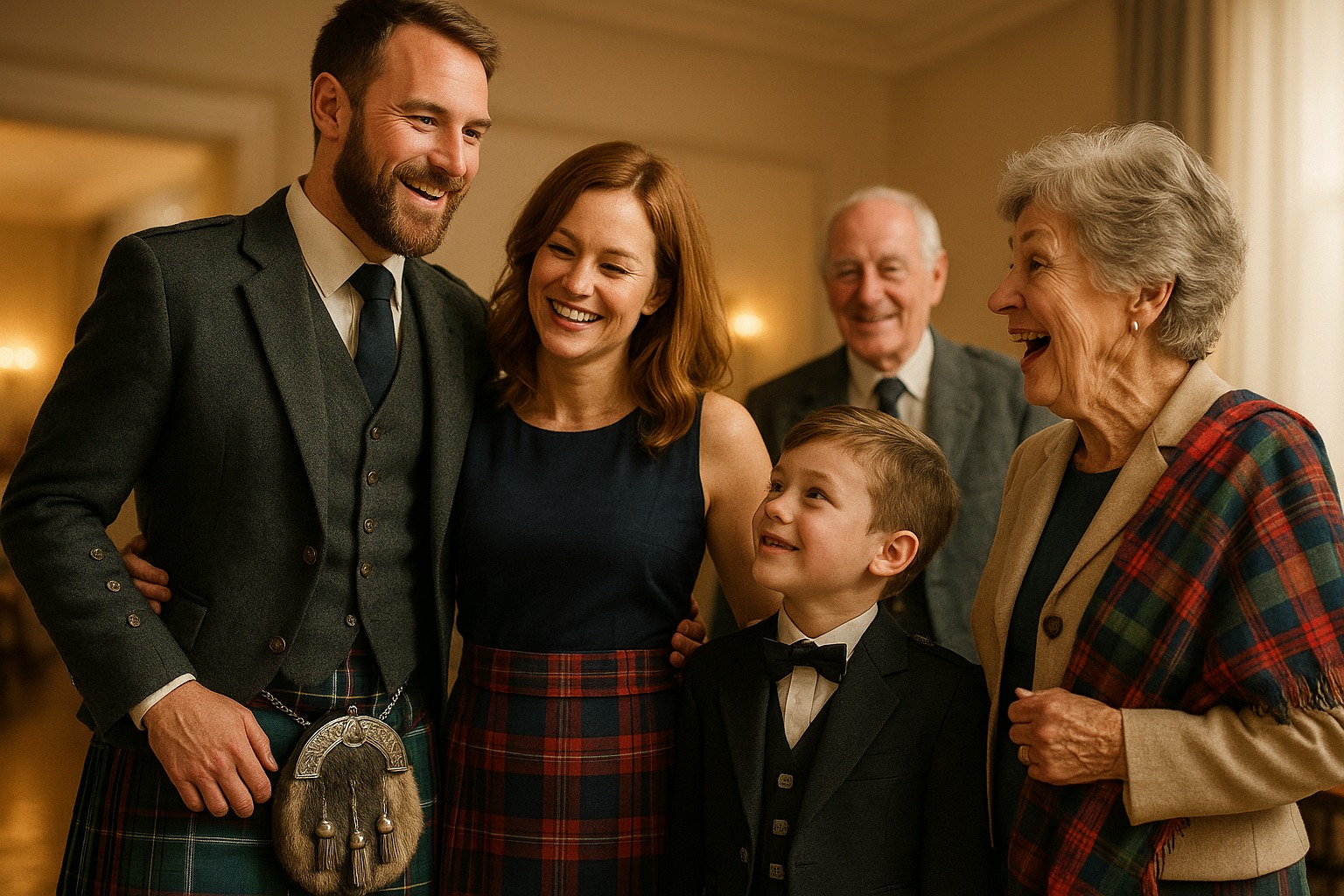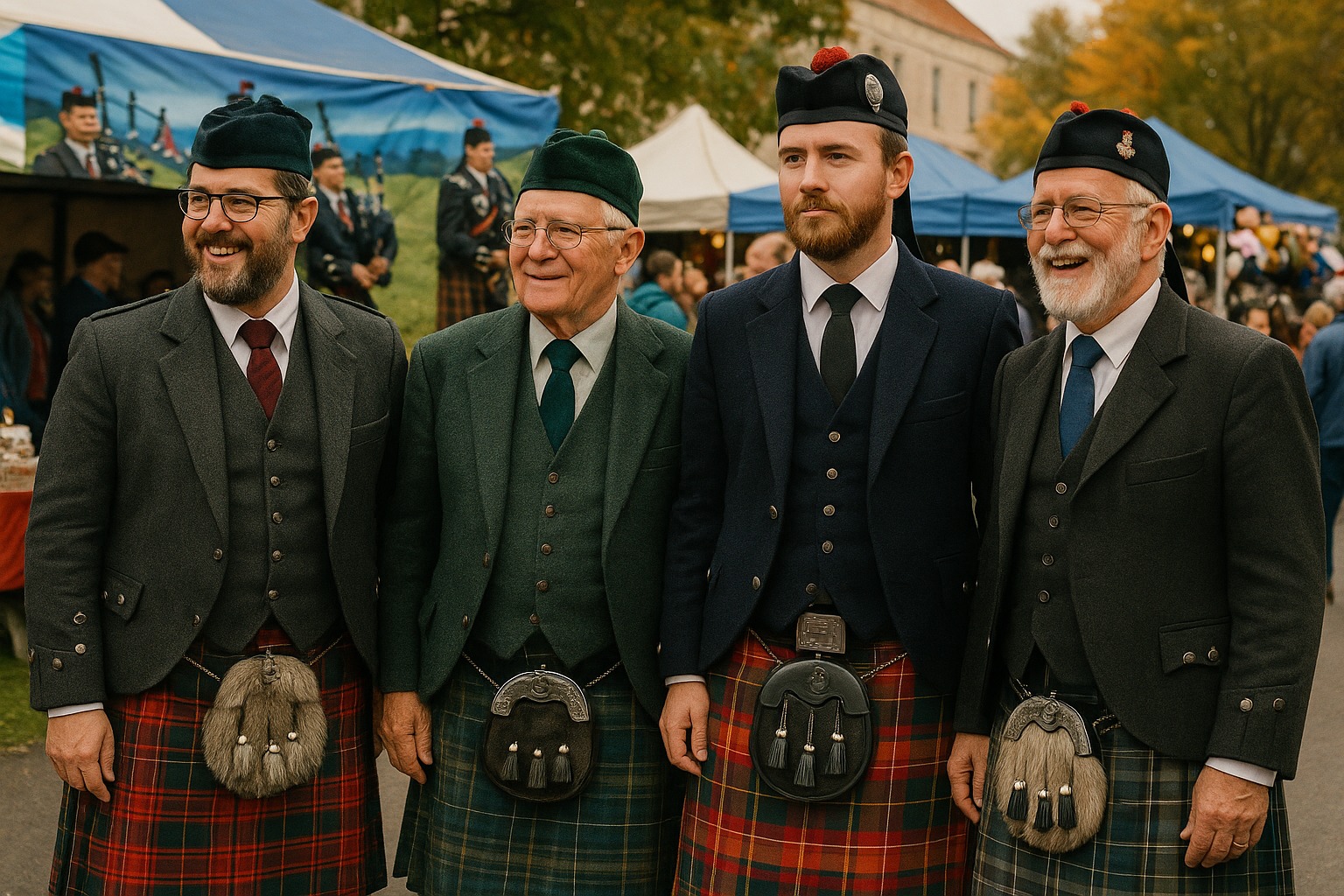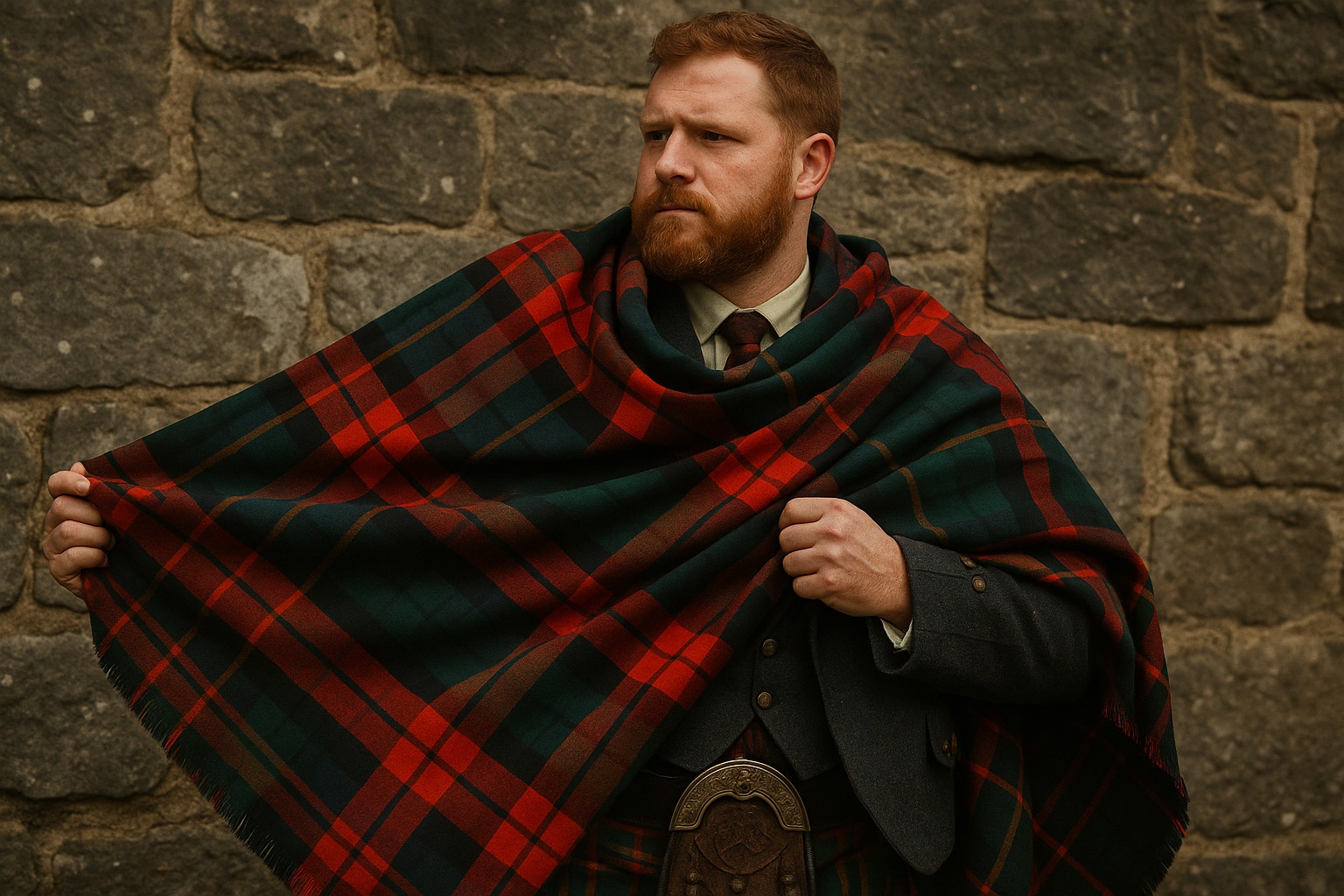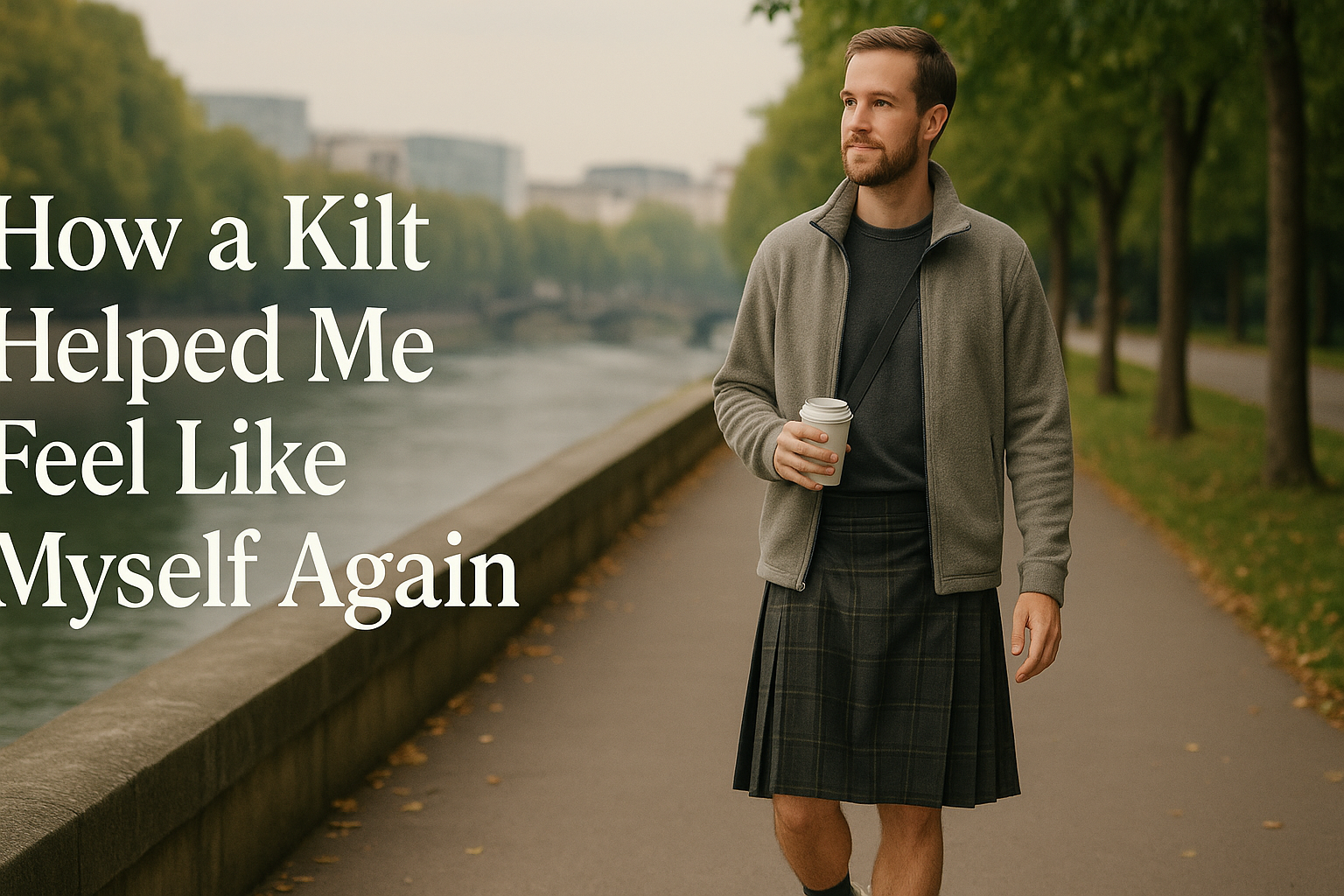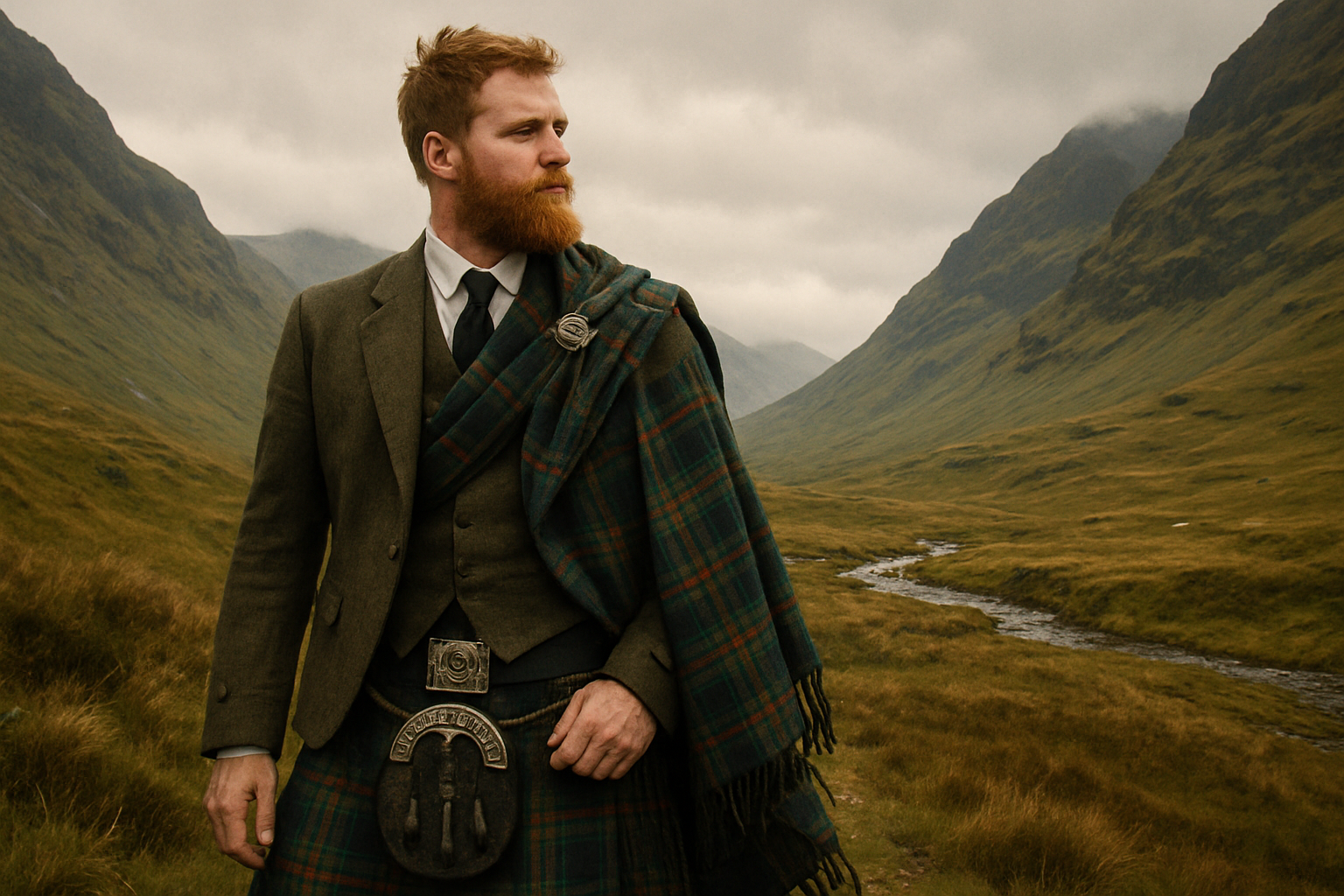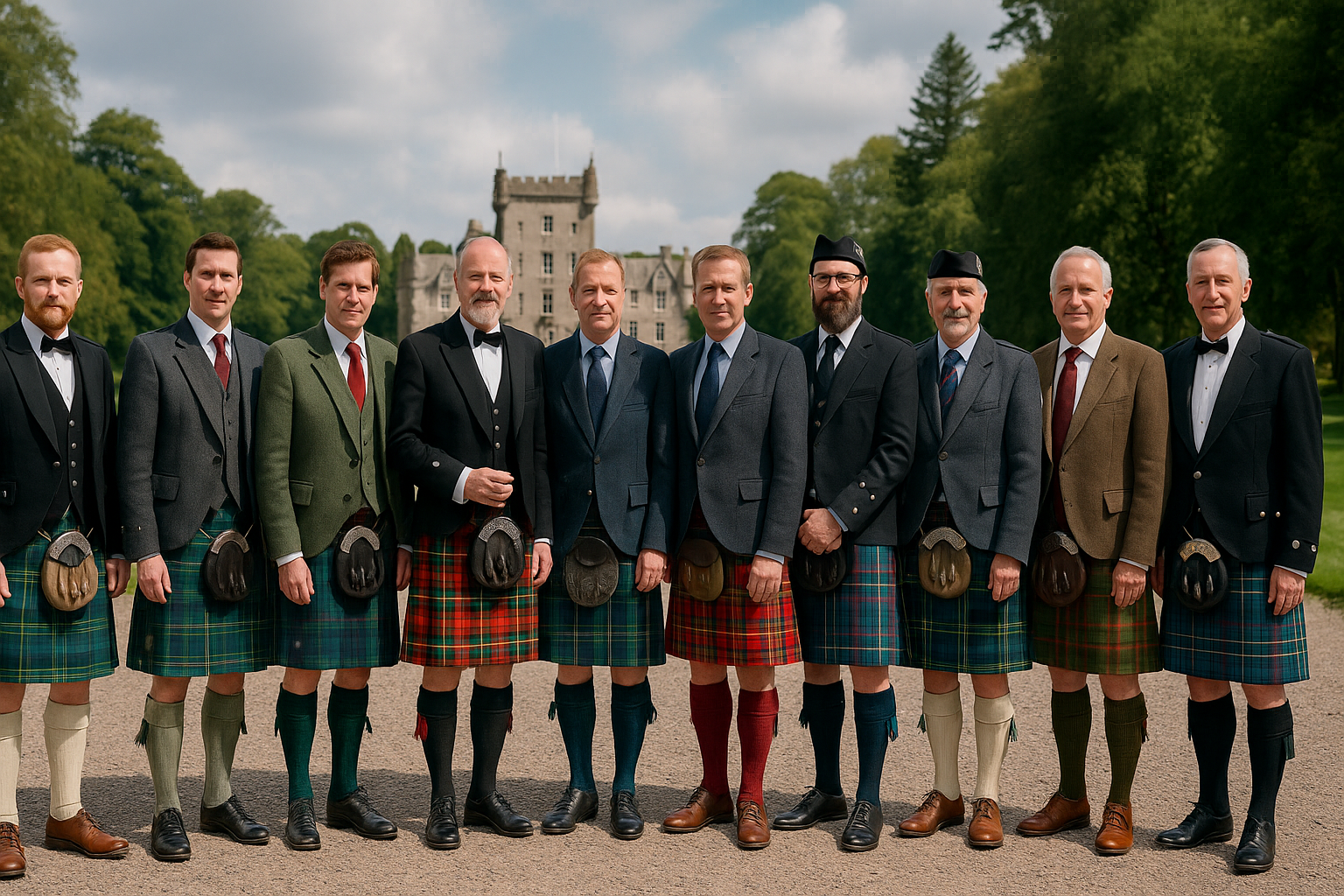 Local SEO Boost – Put Your Business on the Local Map!
Local SEO Boost – Put Your Business on the Local Map!
How to Wear a Kilt Properly: Do’s and Don’ts of Kilt Etiquette
Written by David Taylor » Updated on: June 17th, 2025 207 views


The kilt is more than just a garment; it is a symbol of heritage, pride, and tradition. Whether you are wearing a kilt for a formal event, a wedding, a Highland game, or as part of modern casual fashion, it’s important to understand the proper way to wear it. While kilts have evolved beyond their traditional Scottish roots, there are still certain rules and guidelines that should be followed to maintain both respect and style.
Many first-time kilt wearers wonder about proper kilt etiquette—how long should the kilt be? What accessories should be included? Should you wear anything underneath? These are all common questions that come up when donning a kilt.
This guide will walk you through the do’s and don’ts of wearing a kilt, ensuring that you not only look great but also wear it with the respect and authenticity it deserves.
________________________________________
The Basics: Understanding the Structure of a Kilt
Before diving into kilt etiquette, it's important to understand the key components of a kilt outfit. Traditional Scottish kilts are made from tartan wool and are pleated at the back, with a flat front panel.
Essential Kilt Components:
1. The Kilt – A properly fitted kilt should sit at the natural waist (above the hips) and fall to the middle of the knee.
2. Sporran – The decorative pouch worn around the waist, functioning as a practical addition since kilts do not have pockets.
3. Kilt Hose – Knee-high socks, traditionally worn with flashes (garter ribbons) to hold them up.
4. Ghillie Brogues – Traditional Scottish lace-up shoes with no tongue, designed for formal wear.
5. Kilt Belt & Buckle – A wide belt with a decorative buckle, typically worn with less formal kilt outfits.
6. Jacket & Waistcoat – Prince Charlie, Argyle, or casual tweed jackets are worn depending on the occasion.
7. Sgian Dubh – A small ceremonial dagger tucked into the right kilt hose, adding a traditional touch.
Now that we understand the essential parts of a kilt outfit, let’s look at how to wear one properly.
________________________________________
Do’s of Wearing a Kilt Properly
1. Do Wear Your Kilt at the Correct Length
A properly fitted kilt should sit at your natural waistline and fall to the middle of your kneecap. It should not be too long (covering the knees) or too short (above the knees). A well-tailored kilt enhances your posture and presence, so always ensure you have the correct fit.
2. Do Wear the Pleats at the Back
The flat apron of the kilt should be at the front, while the pleats should be at the back. This is a common mistake for first-time wearers, but getting it right ensures a sharp and structured appearance.
3. Do Pair Your Kilt with the Right Accessories
Accessories complete the look and add to the authenticity of a kilt outfit. Whether you’re going for a formal or casual look, include:
• A sporran for practicality and aesthetics.
• Proper kilt hose and flashes.
• A kilt belt and buckle if you’re not wearing a waistcoat.
4. Do Choose the Right Jacket for the Occasion
• Prince Charlie Jacket – Best suited for formal events like weddings and black-tie affairs.
• Argyle Jacket – A versatile option that works for both semi-formal and casual events.
• Tweed Jacket – A great choice for outdoor events, casual gatherings, or Highland games.
5. Do Wear a Kilt with Confidence
Wearing a kilt is about celebrating tradition and personal style, so wear it with confidence and pride. Stand tall, own your look, and enjoy the admiration that comes with wearing such an iconic garment.
6. Do Mind Your Posture
A kilt is not just clothing—it’s a statement. It draws attention, so maintaining good posture is key. Keep your shoulders back and walk with confidence and grace.
________________________________________
Don’ts of Wearing a Kilt
1. Don’t Wear It Too High or Too Low
One of the biggest mistakes is wearing a kilt too low on the hips or too high on the chest. A kilt should sit just above your navel, fitting snugly around the waist.
2. Don’t Forget to Secure the Kilt Properly
Kilts are fastened with leather straps and buckles on the side. If your kilt is too loose, it will shift throughout the day, affecting comfort and appearance. Always ensure it’s secure and well-adjusted.
3. Don’t Wear the Wrong Footwear
Footwear can make or break a kilt outfit. The best choices include:
• Ghillie brogues for formal events.
• Leather dress shoes for semi-formal occasions.
• Boots or casual brogues for informal and modern styles.
Avoid trainers (sneakers), sandals, or flip-flops, as they do not complement the kilt’s style.
4. Don’t Overload Your Sporran
The sporran is a functional accessory, but it should not be used as a storage bag. Overloading it can cause it to bulge and look untidy. Carry only the essentials like your phone, wallet, and small personal items.
5. Don’t Wear a Kilt Without Proper Socks
Kilt hose should reach just below the knee, with the flashes showing slightly. Avoid wearing ankle socks or inappropriate hosiery, as it disrupts the overall look.
6. Don’t Assume Every Tartan Is for You
Tartan patterns are traditionally linked to Scottish clans, families, and regions. While anyone can wear tartan, it's worth researching which tartans are more universal (Black Watch, Royal Stewart) and which belong to specific clans.
7. Don’t Forget the Occasion
Kilts come in different styles suited for different events:
• Formal kilts (with a jacket and full accessories) are for weddings, ceremonies, and banquets.
• Casual kilts (utility or hybrid kilts) work for everyday wear, festivals, and outdoor activities.
Wearing the wrong style for the occasion can make you look out of place.
________________________________________
Common Questions About Wearing a Kilt
Should You Wear Anything Under a Kilt?
The age-old question of whether to wear underwear under a kilt remains a topic of debate. Traditionally, Highlanders wore nothing underneath, but in modern times, it is acceptable to wear underwear or shorts for comfort and practicality.
Can Anyone Wear a Kilt?
Absolutely. While kilts are deeply rooted in Scottish tradition, they are also a fashion statement that anyone can wear. Whether for cultural appreciation, a wedding, or personal style, kilts are open to all.
How Do You Sit Properly in a Kilt?
When sitting, gently smooth out the pleats behind you and ensure the front apron is neatly positioned. Keep your knees close together to maintain a dignified look.
How Do You Care for a Kilt?
• Store kilts on a wide hanger to maintain pleats.
• Dry clean wool kilts to preserve fabric integrity.
• Iron pleats carefully using a pressing cloth to avoid direct heat damage.
________________________________________
Conclusion: Wearing a Kilt with Respect and Style
Wearing a kilt properly is about honoring tradition while embracing personal expression. Whether you're wearing a traditional Scottish tartan kilt or a modern hybrid design, following these do’s and don’ts will ensure that you look polished, respectful, and stylish.
Kilts are more than just clothing—they are a statement of heritage, confidence, and individuality. So wear your kilt proudly, embrace its history, and carry yourself with pride and elegance.
Note: IndiBlogHub features both user-submitted and editorial content. We do not verify third-party contributions. Read our Disclaimer and Privacy Policyfor details.
Copyright © 2019-2025 IndiBlogHub.com. All rights reserved. Hosted on DigitalOcean for fast, reliable performance.


